Tile reglazing is the budget-friendly idea that might mean you don't have to rip out an ugly bathroom
Our writer discover tile reglazing while watching their new favorite TV renovation program, and thinks it could be a real gamechanger if you've got the bathroom blues
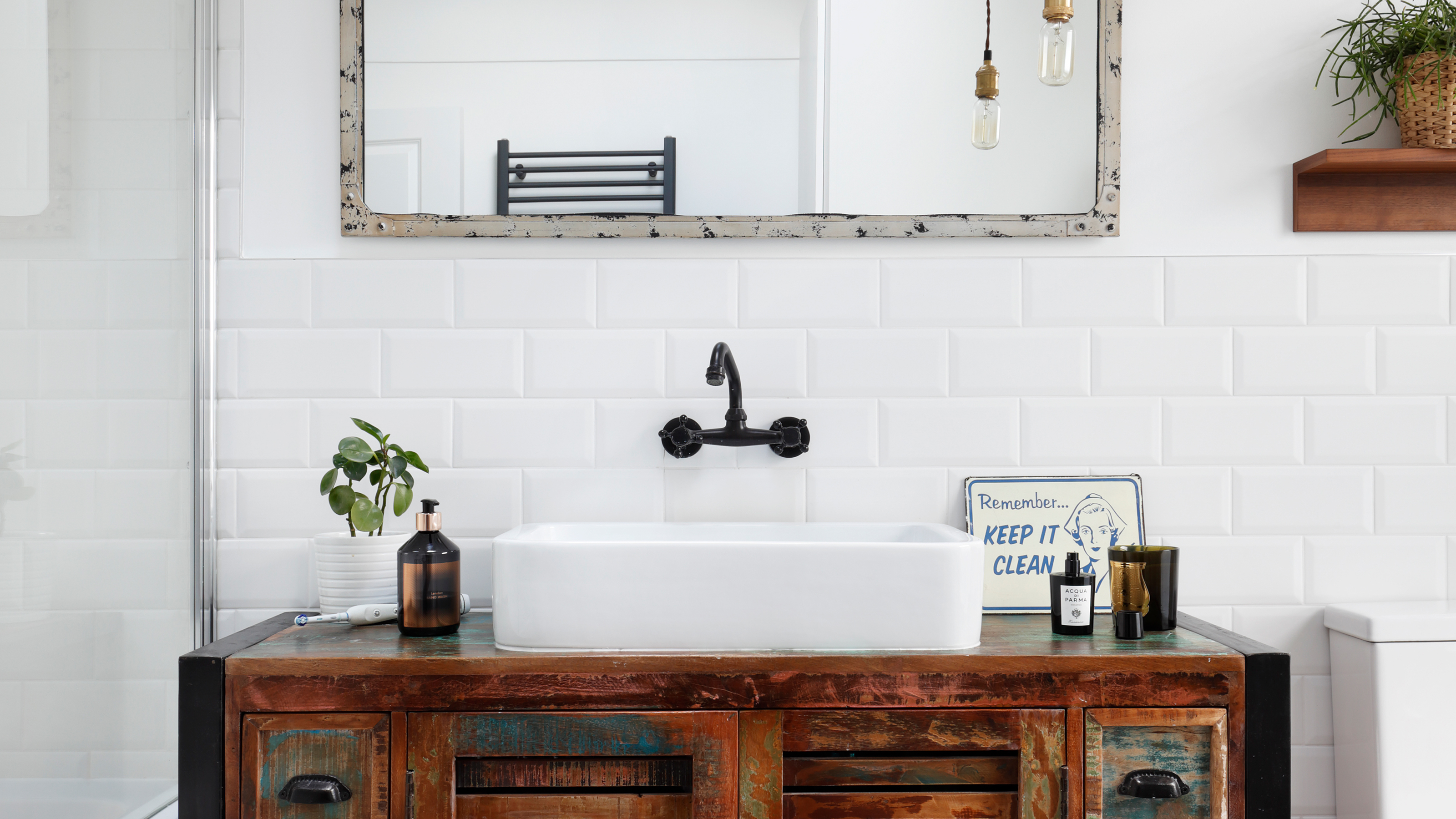

Inheriting a dated bathroom is one of the worst things about finding a fixer-upper as your next home project. Unlike other rooms in your house, where a quick re-paint can change everything, there's not much you can do with a bad bathroom apart from completely rip it out. Or so I thought...
During my latest binge of home improvement programs, I recently tuned into Trixie Motel, a show where celebrated drag persona Trixie Mattel renovates a rundown 1950s motel in Palm Springs, California. The resulting rooms are perhaps what you'd expect a drag queen to decorate a motel like, full of color and spectacle, in this case inspired by Trixie's own retro aesthetic and love of pink. However, it was the motel's bathrooms that really piqued my interest.
Working with interior designer Dani Dazey, the faded, cracked original 1950s bathroom tiles and bathtubs were saved as part of the renovation – more as a cost-saving exercise than anything, yet something that plays out brilliantly in the final spaces.
And while I'm very familiar with the idea of re-painting tiles in a bathroom (something I don't particularly recommend), the construction team used a process called reglazing, or reenameling, to breathe new life into these tiles.
'The results are hard to believe,' Dani Dazey tells Livingetc. 'Not only is it quick and affordable, but it’s truly transformative.' We caught up with the Dani, as well as other home improvement experts, to get the low-down on this potential saviour for ugly bathroom tiles.

Hugh is Livingetc.com's Deputy Editor, and writes about everything from the latest design trends to decor hacks for renovations. Spotting this tile restoration process during a typical binge of home renovation TV, he spoke to designers and experts to get the lowdown on if tile reglazing is worth it.
How does tile reglazing work?
Reglazing requires a series of processes to create a new lustrous finish to tiles. 'It’s a special paint they spray on that dries and has the same feel/texture as ceramic,' Dani Dazey explains. It's a time intensive process, requiring from 3 to 5 days of work to reenamel the tiles properly. The tiles and grout have to be thoroughly cleaned, and any cracks in tiles must be repaired before reglazing, and silicone caulk has to be painstakingly removed.
After that, the existing gloss of the tiles must be removed to ensure the new finish doesn't simply peel off. This can potentially be done by sanding, but professional reglazers will etch the surface of the tile with acid paste (a substance which is as scary to use as it might sound, and requires protective gear while using).
For a smooth finish, the primer, new enamel and topcoat are sprayed on in fine coats. This means, as you might have garnered, that not only do the tiles get reglazed, but your grout does too. This won't fill in the grout lines, but it will create a solid color and texture – there isn't an option for a contrast grout using this method.
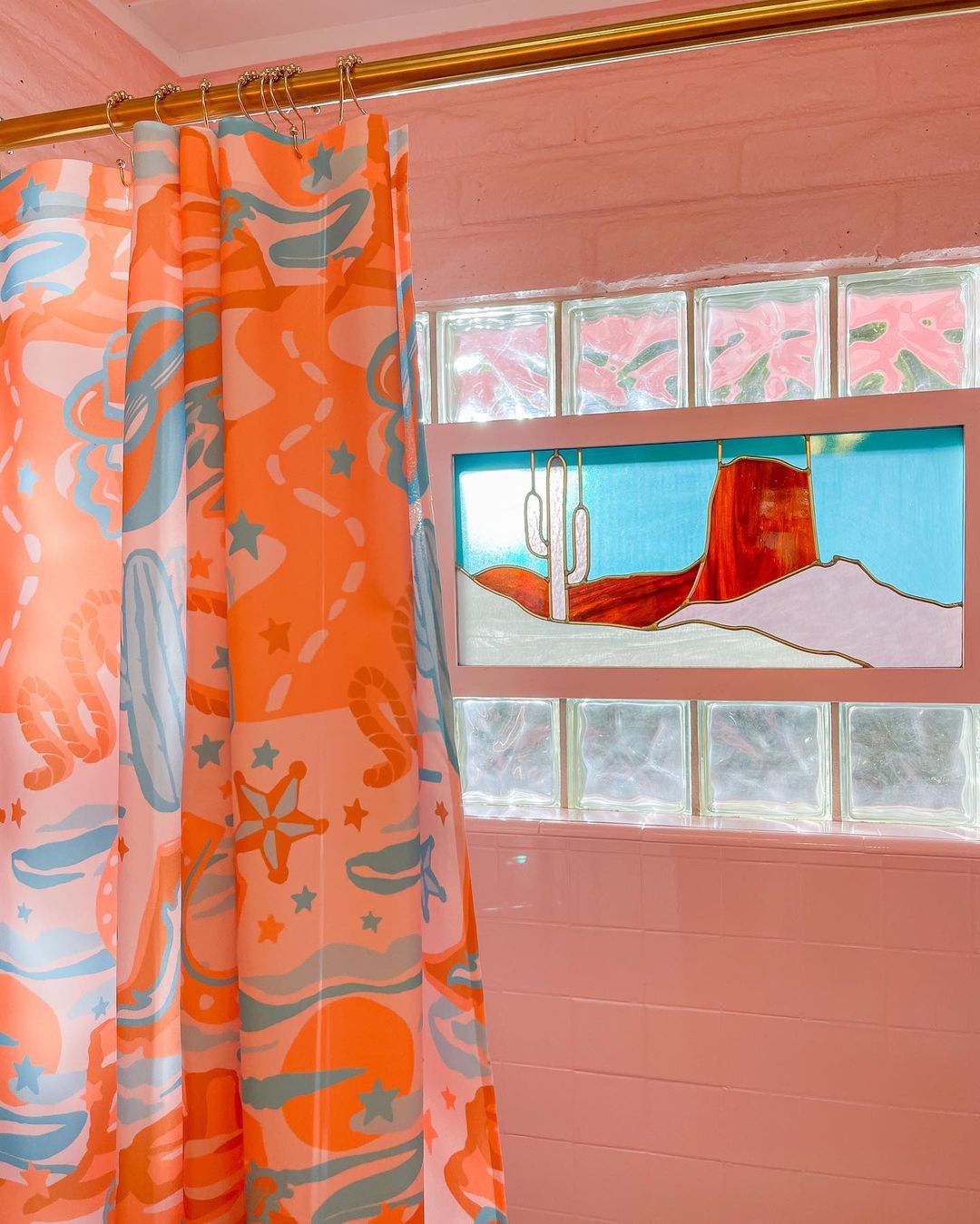
The original 1950s tiles in the motel were re-enameled in a brighter pastel pink.
Is it a DIY job?
Tile reglazing is a specialist process, so it's unlikely you'll be able to achieve the same effects with the same methods as drafting in a professional. It's also worth noting that the new enamel finish is unforgiving, so a poor job reglazing tiles might mean your bathroom looks worse than when you started out.
There are more DIY-friendly options for reglazing tiles that are still a step up from painting them, however.
'I've had great success with the Rust-oleum Tub & Tile Refinishing Kit from Walmart,' says Jordan Fulmer, owner of Momentum Property Solutions, a house flipping company in Huntsville, AL. 'It is an epoxy acrylic formula, so it goes together in two parts and cures to form a strong coating. One thing to remember when applying this coating is that it is very thin. It takes an average of four coats to get ample coverage. However, thin coats are necessary to prevent it from running.'
Is reglazing tiles worth it?
Reglazing tiles will create a much more durable finish than the likes of repainting tile, but the process has its limitations. 'It’s not going to last forever, but it is very durable and you can always touch up as needed,' Dani explains. On average, you could expect reglazed tiles to last anywhere up to 7 years before they need reglazing again.
When it comes to the cost of reglazing, estimates vary wildly, from between $16 to $95 per square foot, and you're likely to find a bathroom sets you back well over $1,000 for materials and labor. This means it's by no ways cheap, and may even be comparable to some budget tile installations, but think of it as a way to improve tiles without the disruption of ripping out tiles and fixtures, and keep good quality ceramics in your space.
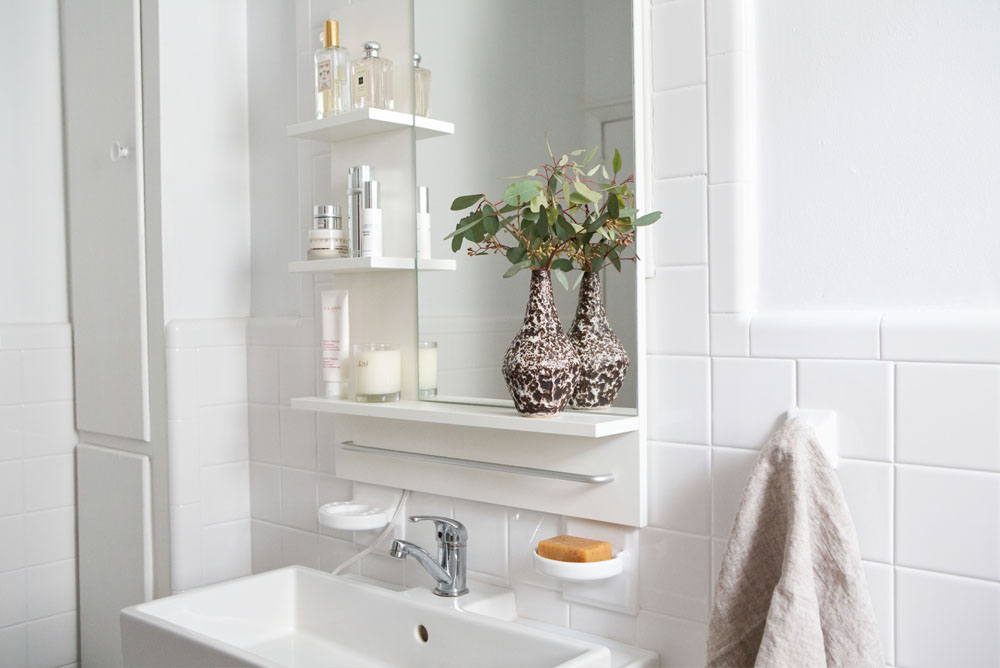
Designer and stylist Athena Calderone had dated bathroom tiles reglazed while temporarily living in this space.
What else can you reglaze in a bathroom?
'So many people don’t realize reglazing your bathtub is also possible,' Dani tells us. 'It can be so hard to find tubs with color and character, and this is such a design hack. You can go with any color you want, giving that vintage charm to your bathroom.'
Be The First To Know
The Livingetc newsletters are your inside source for what’s shaping interiors now - and what’s next. Discover trend forecasts, smart style ideas, and curated shopping inspiration that brings design to life. Subscribe today and stay ahead of the curve.

Hugh is Livingetc.com’s editor. With 8 years in the interiors industry under his belt, he has the nose for what people want to know about re-decorating their homes. He prides himself as an expert trend forecaster, visiting design fairs, showrooms and keeping an eye out for emerging designers to hone his eye. He joined Livingetc back in 2022 as a content editor, as a long-time reader of the print magazine, before becoming its online editor. Hugh has previously spent time as an editor for a kitchen and bathroom magazine, and has written for “hands-on” home brands such as Homebuilding & Renovating and Grand Designs magazine, so his knowledge of what it takes to create a home goes beyond the surface, too. Though not a trained interior designer, Hugh has cut his design teeth by managing several major interior design projects to date, each for private clients. He's also a keen DIYer — he's done everything from laying his own patio and building an integrated cooker hood from scratch, to undertaking plenty of creative IKEA hacks to help achieve the luxurious look he loves in design, when his budget doesn't always stretch that far.
-
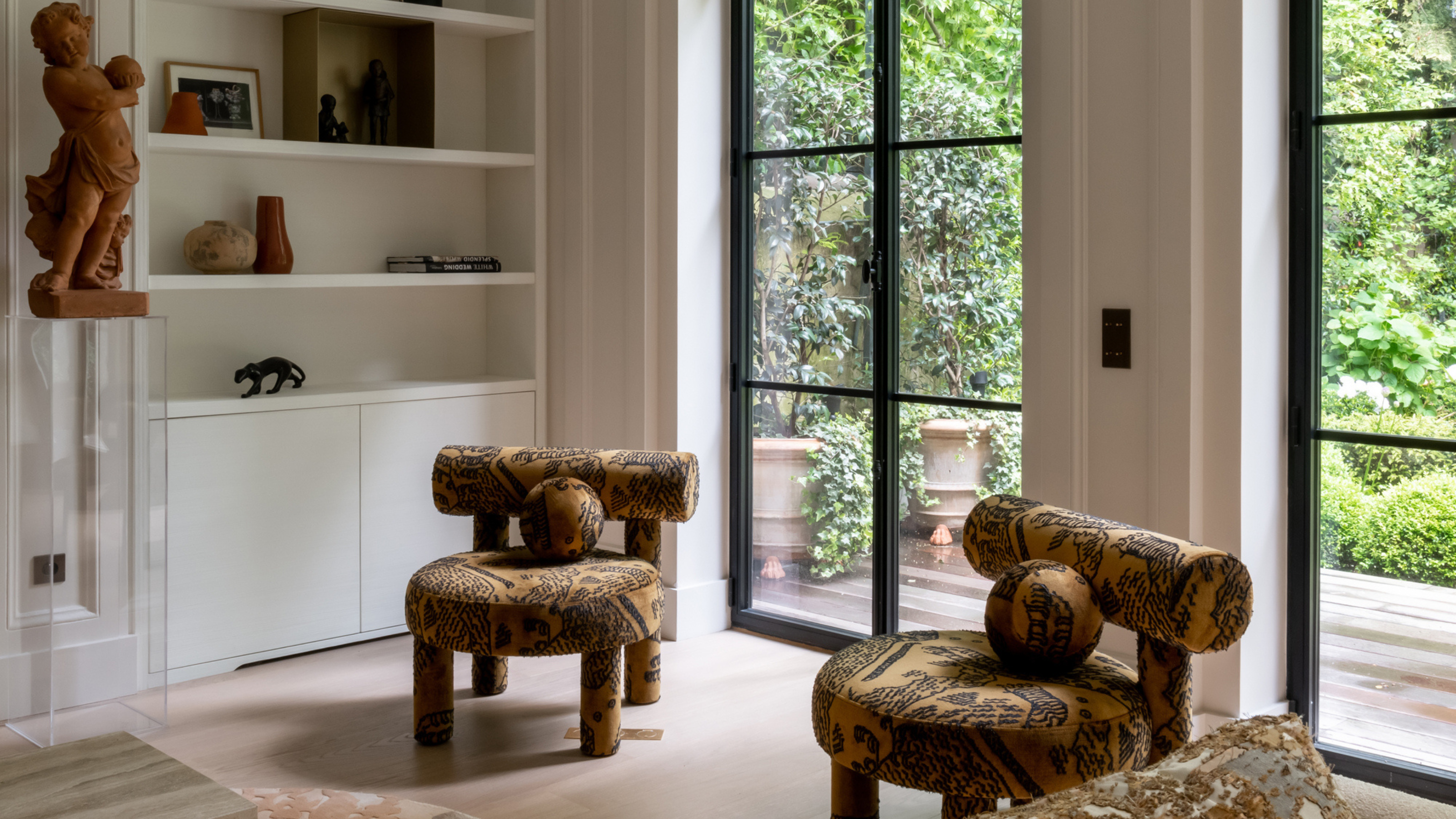 This Specific Fabric Print Is Literally Everywhere Right Now — Here's Why
This Specific Fabric Print Is Literally Everywhere Right Now — Here's WhyIt's whimsical, artistic, and full of character. We've called it already: Dedar's 'Tiger Mountain' is the fabric that will define 2025
By Devin Toolen
-
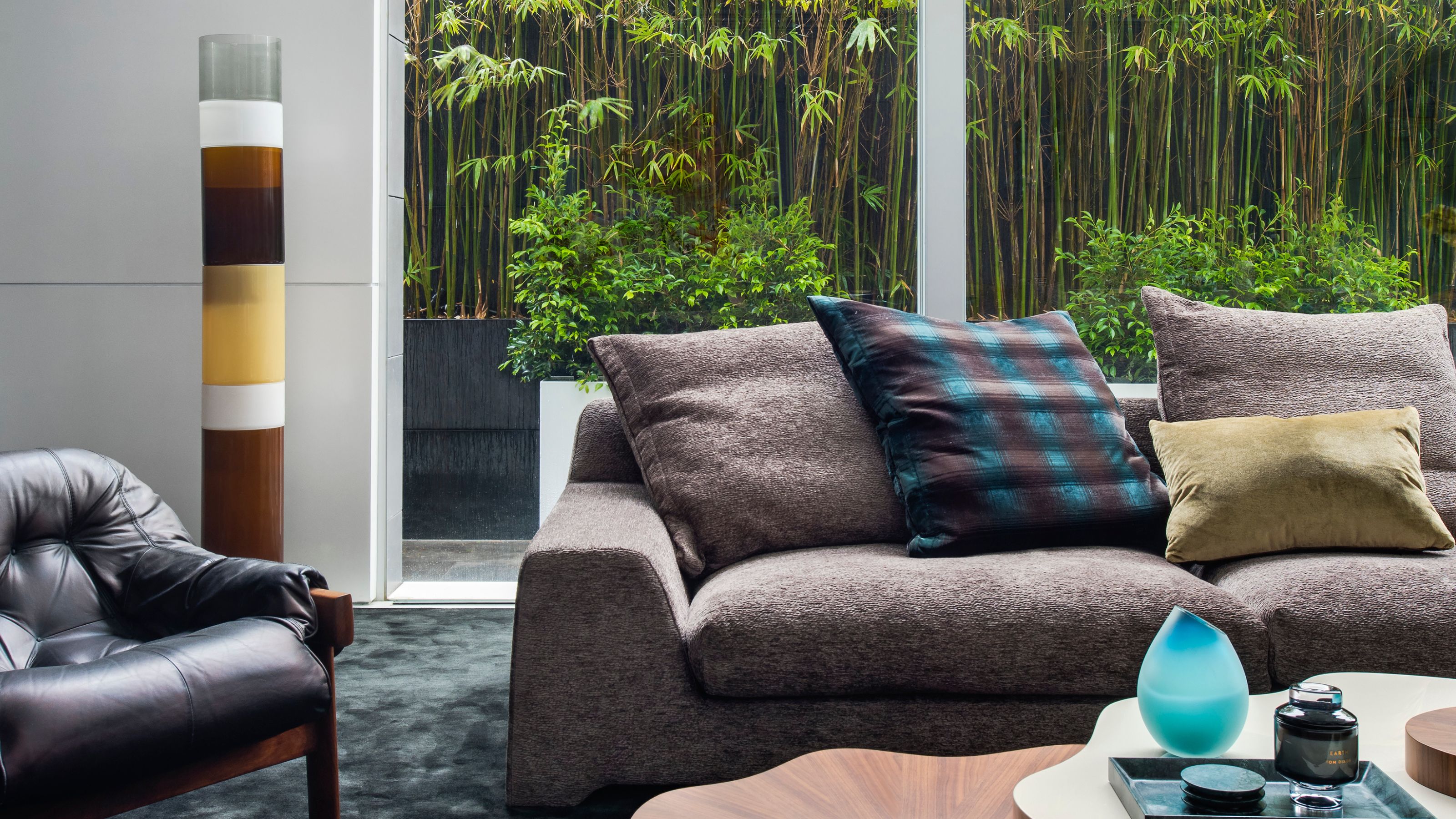 These Are the Dos and Don'ts of Bamboo Plant Placement — Follow This to Avoid Bad Feng Shui
These Are the Dos and Don'ts of Bamboo Plant Placement — Follow This to Avoid Bad Feng ShuiBy following the experts' guidance on where to place this houseplant you can usher luck, wealth, and prosperity into your home
By Lilith Hudson